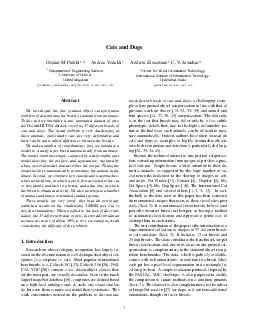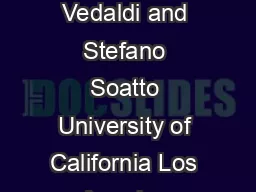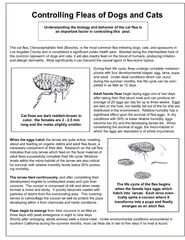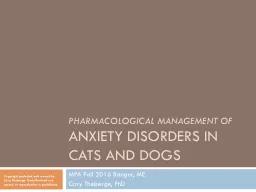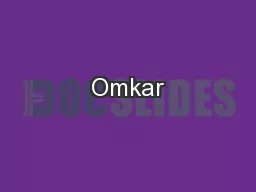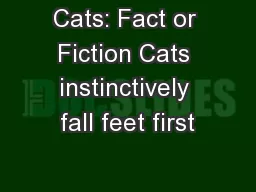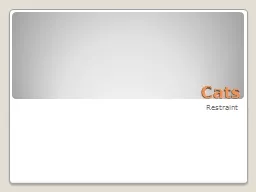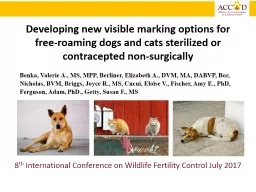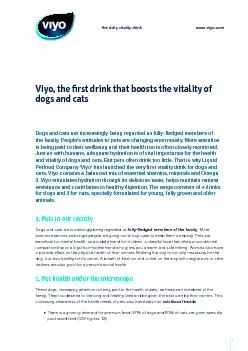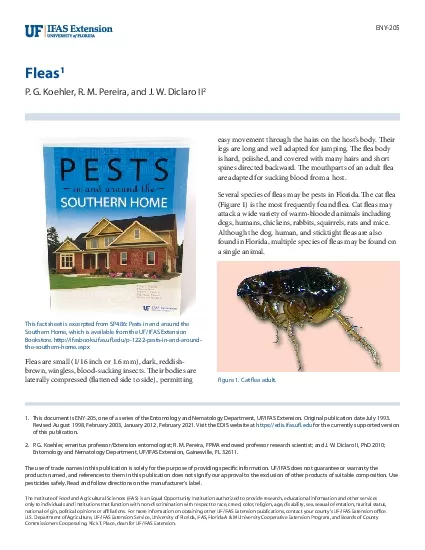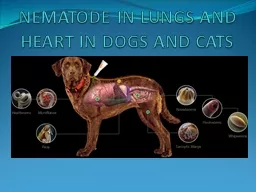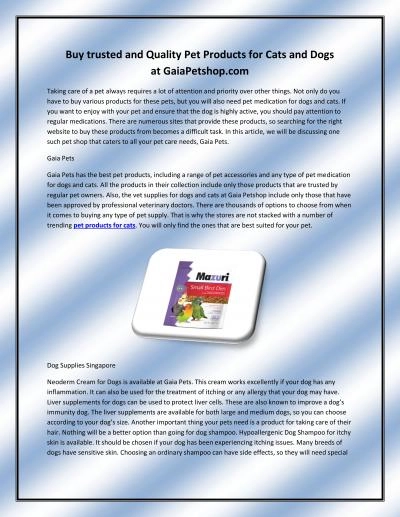PDF-Cats and Dogs Omkar M Parkhi Andrea Vedaldi Andrew Zisserman C
Author : olivia-moreira | Published Date : 2014-12-03
V Jawahar Department of Engineering Science University of Oxford United Kingdom omkarvedaldiaz robotsoxacuk Center for Visual Information Technology International
Presentation Embed Code
Download Presentation
Download Presentation The PPT/PDF document "Cats and Dogs Omkar M Parkhi Andrea Veda..." is the property of its rightful owner. Permission is granted to download and print the materials on this website for personal, non-commercial use only, and to display it on your personal computer provided you do not modify the materials and that you retain all copyright notices contained in the materials. By downloading content from our website, you accept the terms of this agreement.
Cats and Dogs Omkar M Parkhi Andrea Vedaldi Andrew Zisserman C: Transcript
Download Rules Of Document
"Cats and Dogs Omkar M Parkhi Andrea Vedaldi Andrew Zisserman C"The content belongs to its owner. You may download and print it for personal use, without modification, and keep all copyright notices. By downloading, you agree to these terms.
Related Documents

